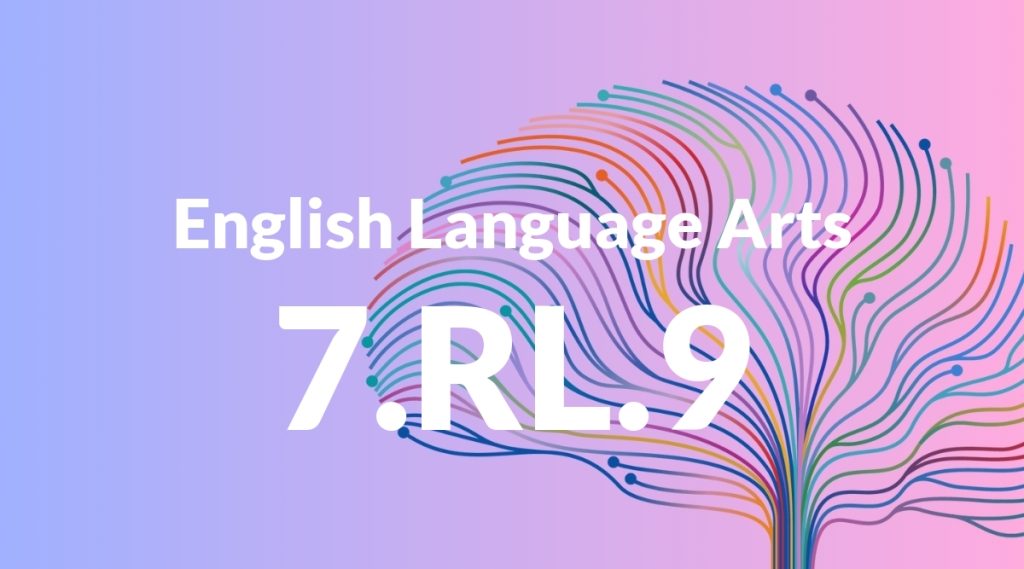Standard: 7.RL.9 – Compare and contrast a fictional portrayal of a time, place, or character and a historical account of the same period as a means of understanding how authors of fiction use or alter history.
Grade level: Grade 7
Subject: English Language Arts
Domain: Reading: Literature
Teacher Overview
This standard focuses on helping students understand the interplay between fiction and history. By comparing fictional portrayals with historical accounts, students learn how authors may use or alter historical facts to enhance storytelling. This skill is crucial for developing critical thinking and analytical skills. Students should have foundational knowledge of key historical events and periods, as well as basic skills in reading comprehension and literary analysis.
After mastering this standard, students will be able to critically analyze various representations of history in literature and media, enhancing their overall analytical and critical thinking skills.
Common Misconception 1
Some students might think that historical fiction is always a reliable source of historical facts. This is incorrect because authors often take creative liberties to enhance the story.
Intervention 1
Encourage students to conduct their own historical research and compare it with the fictional portrayal to identify discrepancies and understand the author’s creative choices.
Common Misconception 2
Another common misconception is that historical accounts are always objective and accurate. However, historical records can also be biased or incomplete.
Intervention 2
Teach students to critically evaluate historical sources, considering the author’s perspective, purpose, and potential biases, just as they would with fictional texts.
Prerequisite Knowledge
Students should have a basic understanding of historical events and periods, familiarity with reading and analyzing both fiction and non-fiction texts, and the ability to identify key elements of a story such as setting, characters, and plot.
Subsequent Knowledge
Students will develop the ability to critically analyze how history is represented in various media, improve their comparative analysis skills, and gain a deeper understanding of the impact of historical context on literature.
Instructional Activities
- Group discussions comparing a historical novel and a textbook account of the same event
- Writing assignments analyzing the differences between a movie based on historical events and a documentary
- Class debates on the accuracy of historical fiction
- Research projects on the historical context of a chosen novel




